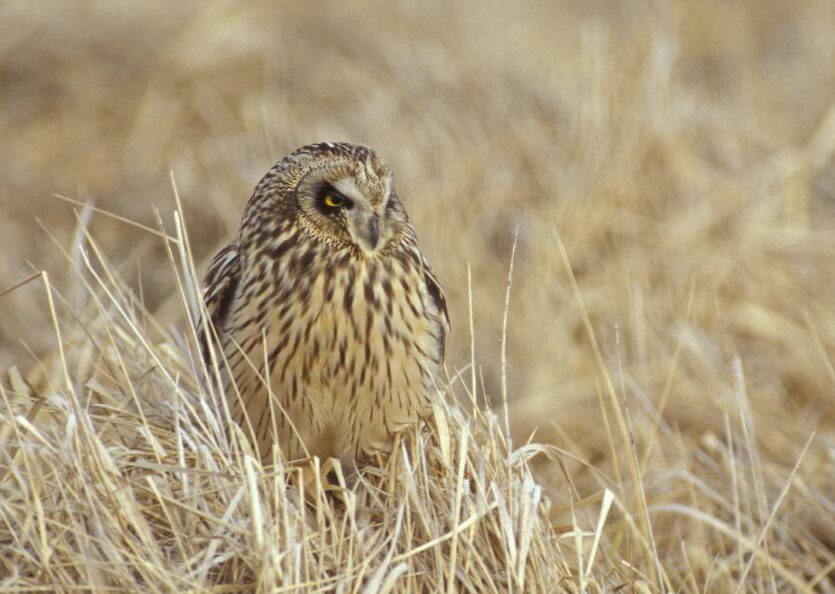
- This event has passed.
Short-Eared Owl Hike Dec. 16
December 16, 2023 @ 4:00 pm - 5:30 pm
Free
Short-eared owls don’t have short ears but they have a number of characteristics that make them interesting members of Missouri’s bird world.
People will have a chance to hear – and possibly see – short-eared owls on Dec. 16 at the Missouri Department of Conservation’s (MDC) short-eared owl hike. This free program, which will be 4-5:30 p.m., is open to all ages, and will take place at the Shawnee Trail Conservation Area in Barton County. Program participants will meet at the parking lot on the west side of John Gardner Lake, also called Pin Oak Lake. (Program participants should note there is also a parking lot at the south end of Pin Oak Lake, which is not where participants for the Dec. 16 owl hike are supposed to meet.) People can call the Shoal Creek Conservation Center in Joplin, 417-629-3434 for directions to this parking lot. People can register for this event at:
https://mdc-event-web.s3licensing.com/Event/EventDetails/196574
The name of the short-eared owl comes from the small feather tufts on top of its head, but these aren’t ears. A short-eared owl’s ears are located within its facial disc. Most of the calls of this brownish-speckled bird are bark-like or whine-like noises that are closer to resembling a coyote’s call than a stereotypical owl hoot.
Short-eared owls prefer open areas such as prairies and this is one of the reasons their numbers in Missouri are in decline. They have become one of the symbols for this region’s vanishing prairie habitat. They are secure in some parts of their North American range, but that’s not the case here in this state. In Missouri they have a state endangerment ranking of S2, which is the second-most severe degree of imperilment (next to S1). The definition of the S2 classification is imperilment because of low numbers of species or because there is an existing factor (or factors) that makes that species vulnerable to complete disappearance from the state.
Short-eared owls are winter visitors to some grassland areas in southern Missouri. Depending on weather, they begin arriving in this part of the state in November and stay until late February or early March. During this time, their peak time of activity is often the period from late afternoon to dusk.
Though the Dec. 16 program is free, registration is required to participate. Use the link above. MDC’s Shoal Creek Conservation Education Center is located at 201 Riviera Drive in Joplin. People can stay informed about upcoming programs at MDC’s Shoal Creek Conservation Education Center and other MDC facilities by signing up for text alerts and e-mail bulletins. People who have questions about how to sign up for text alerts from the Shoal Creek Center can call 417-629-3434.
















